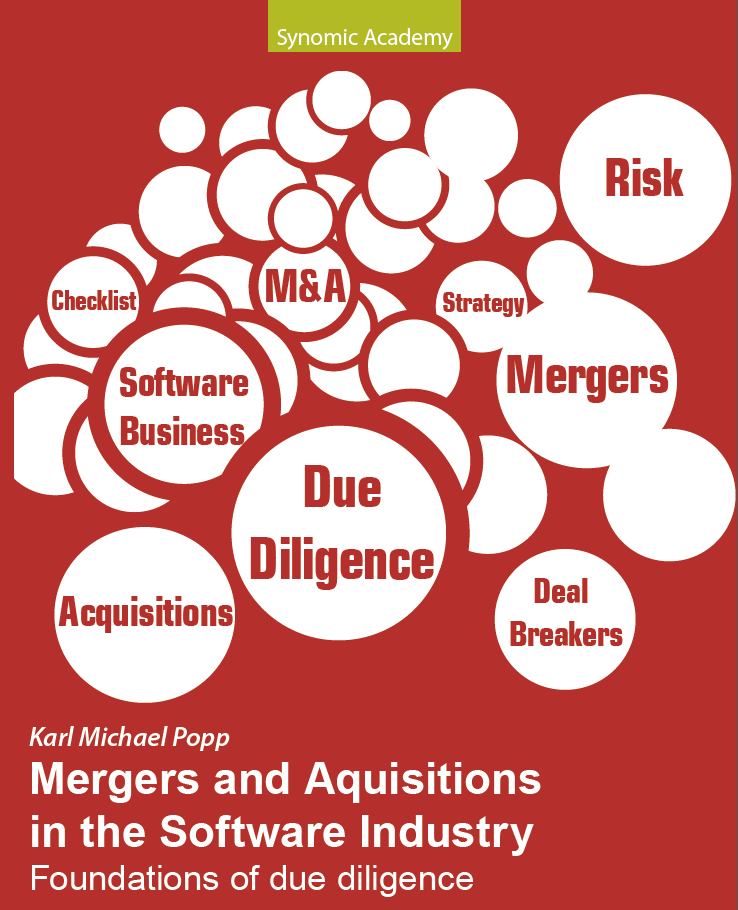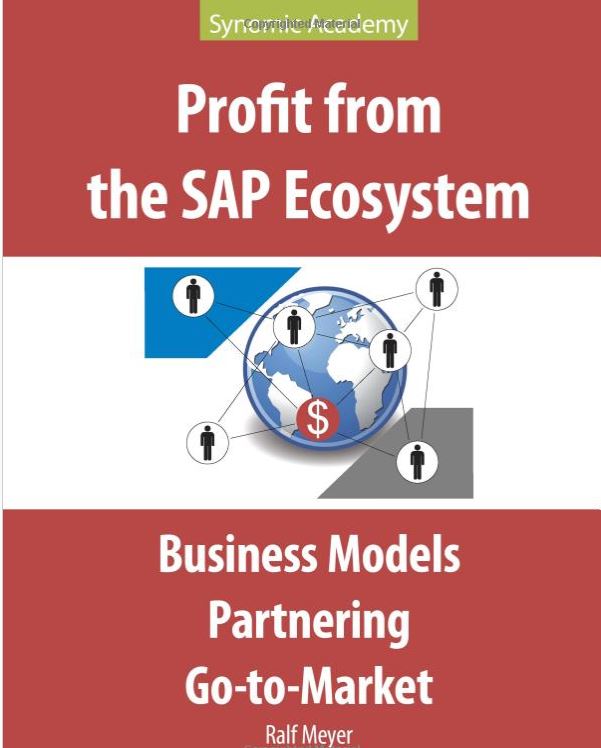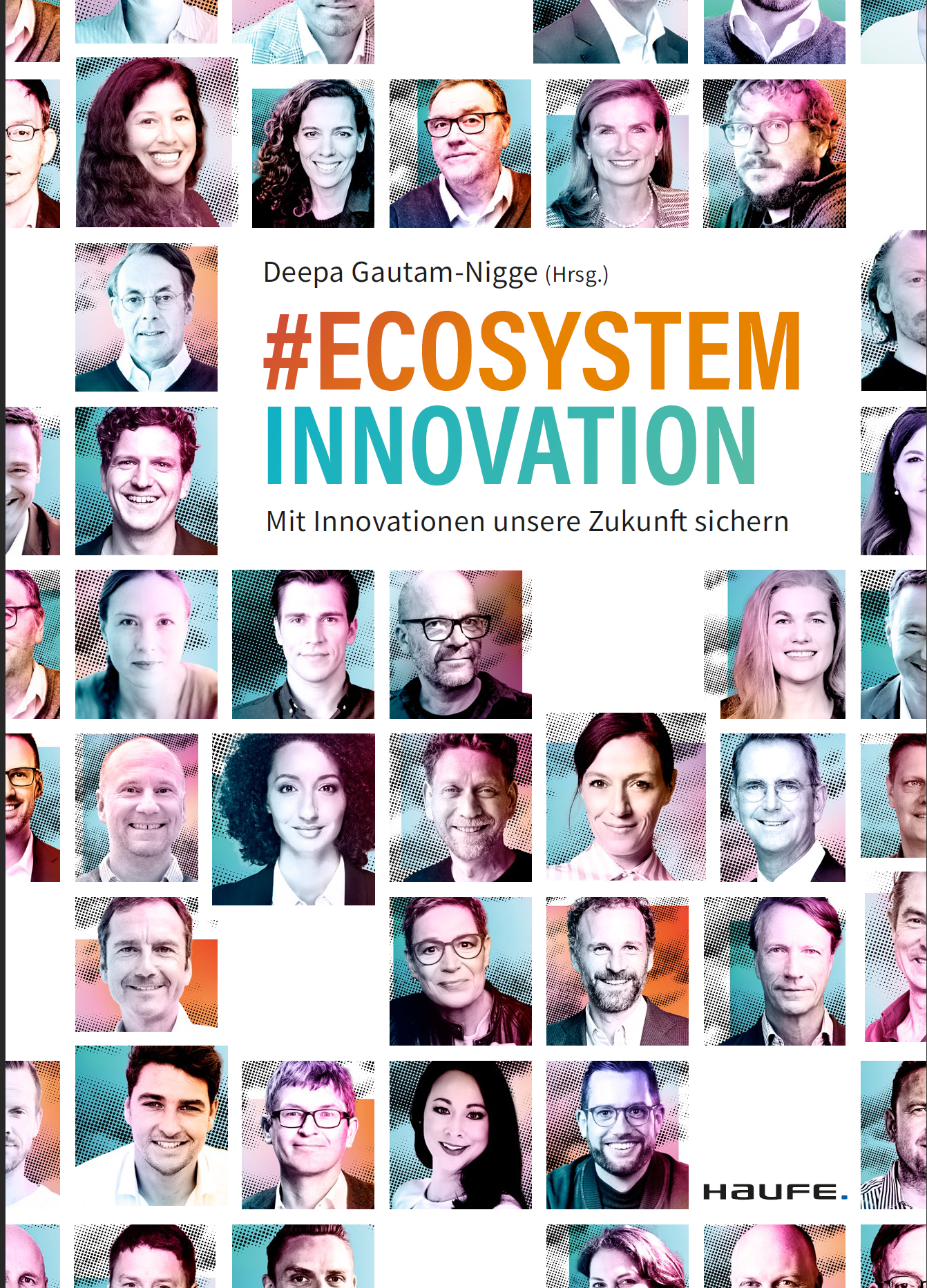Building on the shoulders of giants. Shortcuts to Platform Business Success
Platform business
Say, you want to start a new two-sided platform business. This blog is about jumpstarting platform businesses from scratch by leveraging other platform
Gravity
Gravity is the number of participants you have on both sides of your platform. Gravity on each side of the platform is a key prerequisite for platform success. Platform success is dependent on gravity because the direct and indirect network effects for the participants of the platform depend on gravity. So how do you create instant gravity?
Usually, companies run advertising campaigns and start recruiting participants on each side of the platform. Under this approach, the focus should be on getting participants with high gravity. High gravity means that they are large companies or they bring their ecosystem on to both sides of the platform to massively increase the number of participants.
One example is SAP Ariba. It is a two sided platform with corporates on one side and suppliers of goods and services on the other side. When they added Rio Tinto on the corporate side of the platform, Rio Tinto brought in thousands of their suppliers and thus created massive gravity on the supplier side, too. So this is one reasonable approach to add gravity.
Free but paid with information
Another approach to create gravity is to offer free functionality on one side of the platform, but charge on the other sides of the platform. Perfect examples are Google and Facebook. Consumers are not charged, but they pay with their data. The price of zero for consumers has the potential to attract many consumers and creates gravity.
Leveraging the gravity of other platforms
Why should a platform company at all start to create gravity from scratch on their own? A new approach i am proposing is to leverage gravity of other platforms for your own platform. The idea is to combine other platforms for your success by building on top of them.
Examples: SAP acquired Coresystems. Coresystems had a crowdsourcing platform for field services, i.e. maintenance and repair scheduling. To get more gravity, the solution was integrated with SAP´s marketplace for temporary workers, SAP Fieldglass, which created massive gravity for crowsourcing field technicians.









